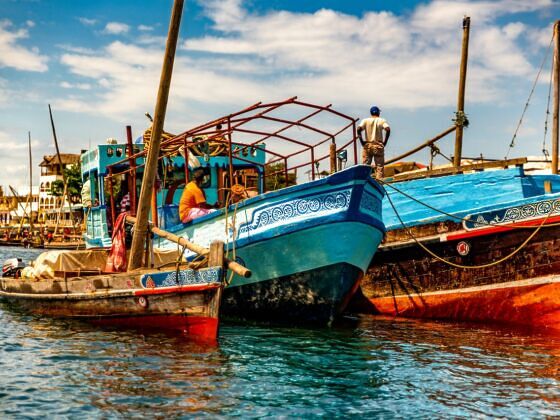We’re in week three of a nation-wide civil uprising in response to the fraudulent December 27th Presidential elections in Kenya, and among the areas most affected are the slums of Nairobi.
The massive civil unrest began upon the announcement of the incumbent President Mwai Kibaki’s electoral victory, despite numerous local and international observers claiming widespread fraud.
